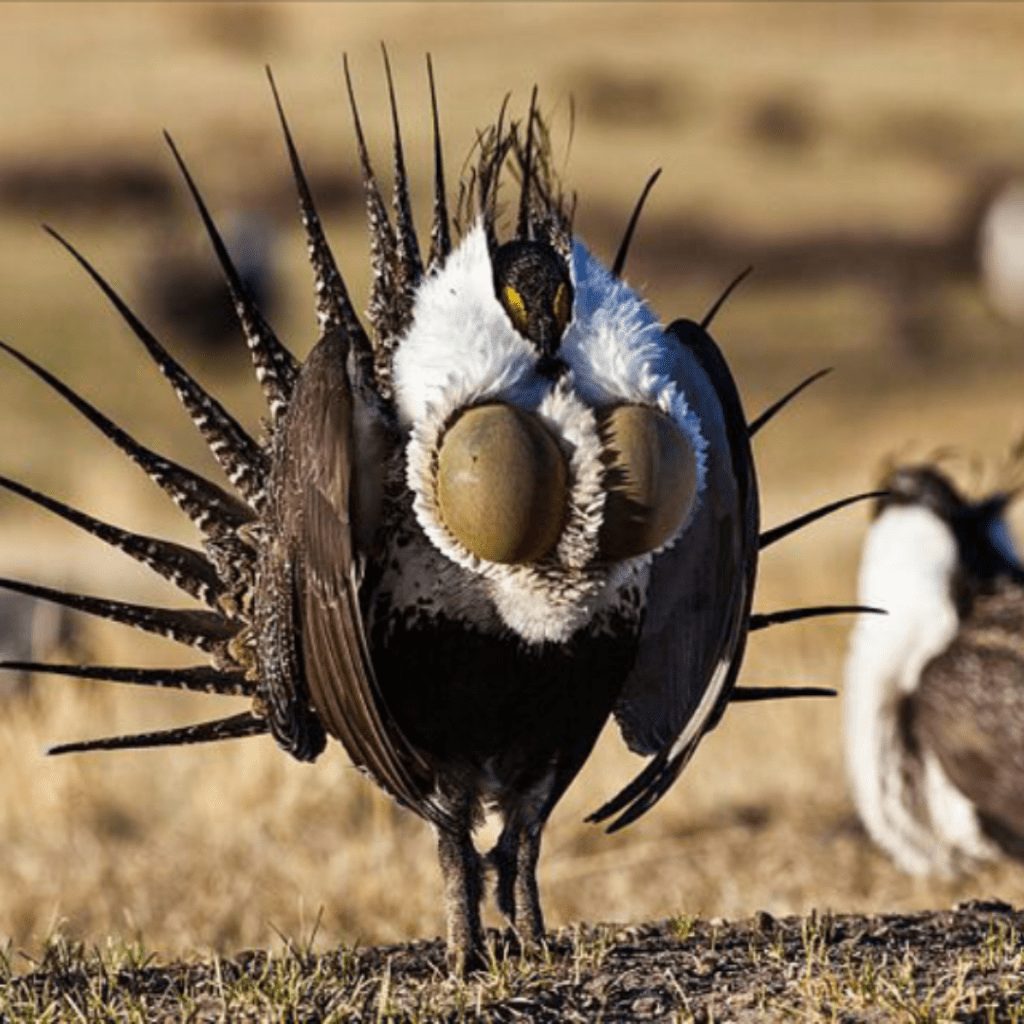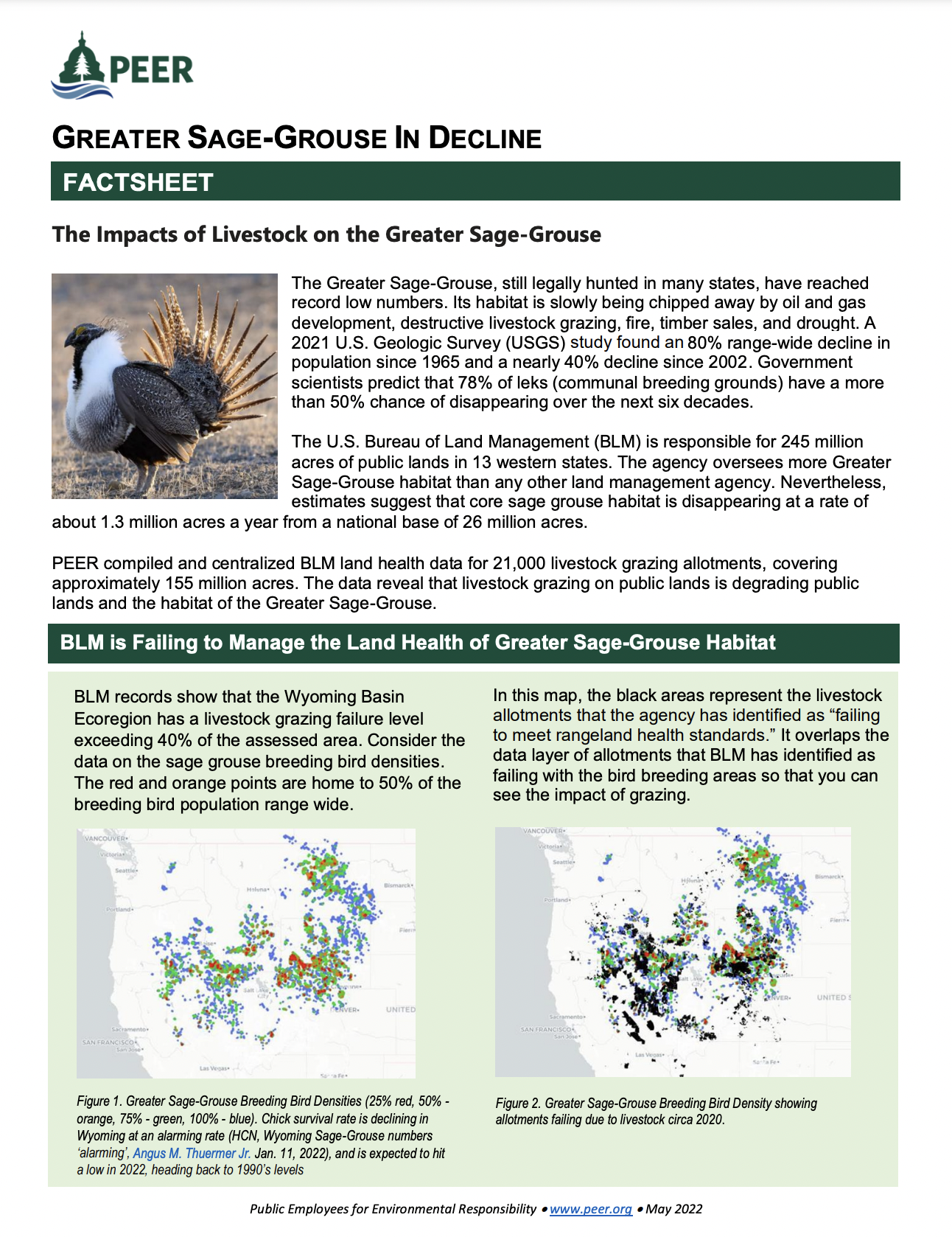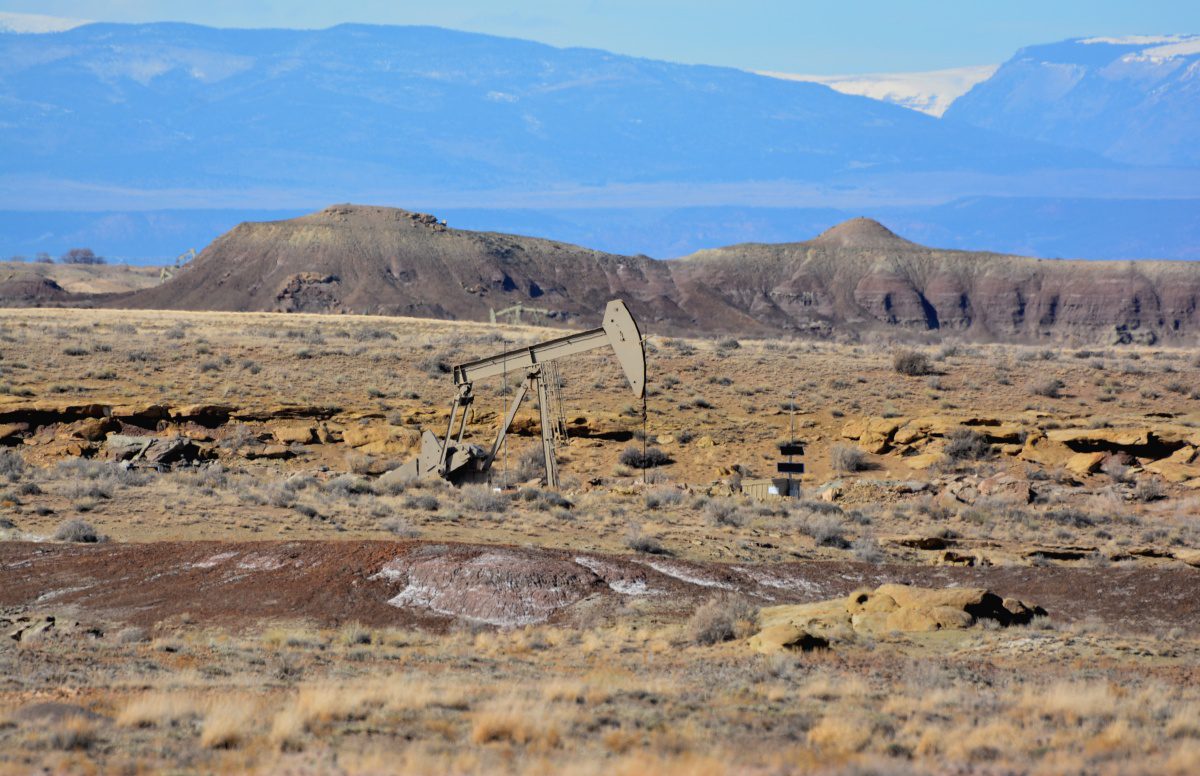Greater Sage-Grouse
 The Greater Sage-Grouse (Centrocercus urophasianus) is a long-lived, ground-dwelling bird species whose populations across the Western United States have declined as much as 90%. Dependent on large tracts of sagebrush with a healthy understory of grasses and forbs, the sage grouse has declined largely due to loss of its habitat to livestock grazing, development, mining, agriculture, and oil and gas exploration.
The Greater Sage-Grouse (Centrocercus urophasianus) is a long-lived, ground-dwelling bird species whose populations across the Western United States have declined as much as 90%. Dependent on large tracts of sagebrush with a healthy understory of grasses and forbs, the sage grouse has declined largely due to loss of its habitat to livestock grazing, development, mining, agriculture, and oil and gas exploration.
The Fish and Wildlife Service will decide whether to propose the Greater Sage-Grouse for listing under the Endangered Species Act—a listing that would result in restrictions on grazing and other human activity throughout the species’ range—by September 30, 2015. To prevent this outcome, and as a result of intense political pressure by the livestock industry, the Bureau of Land Management has undertaken a land management planning process that professes to provide sufficient protections to avoid the necessity of listing. 64% of sage grouse Preliminary Priority Habitat (PPH) and Preliminary General Habitat (PGH) lies within BLM grazing allotments, where the agency’s own data reveal that livestock grazing remains the most frequently reported significant cause of degraded habitat conditions. Without significant reductions in livestock grazing pressure, the threats to this species will remain.
Impacts of Grazing
on the Greater Sage-Grouse
Permit Exception Requests for Sage Grouse Habitats
As Greater Sage-Grouse numbers plummet throughout the West, the U.S. Bureau of Land Management (BLM) continues to waive habitat protections for oil and gas operations.
The exemptions (sometimes called “timing stipulations”) allow mainly oil and gas activity in areas set aside to protect sage grouse and various migratory raptors.

